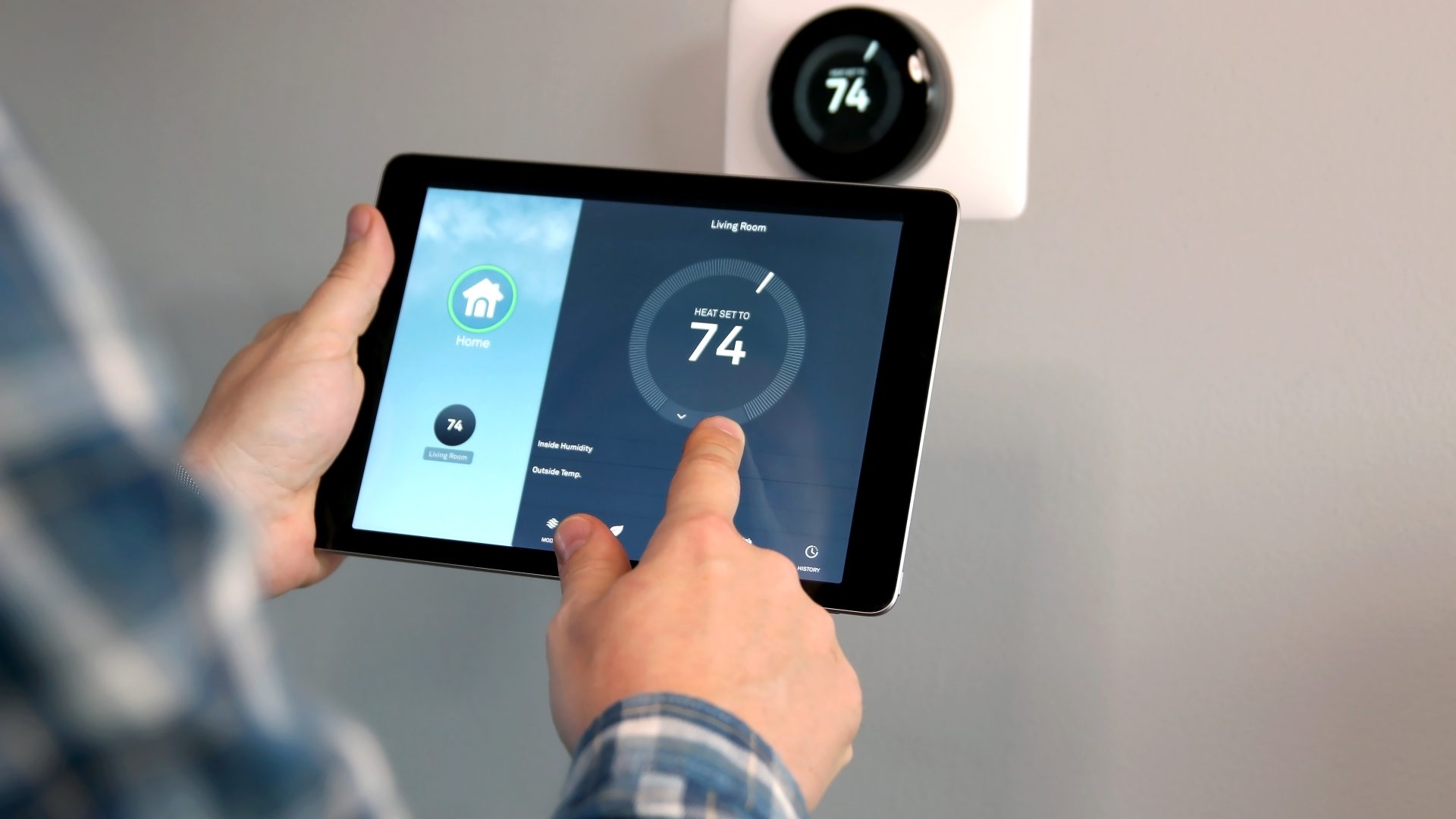Modern homes are equipped with HVAC systems to ensure a comfortable indoor climate regardless of the season. Understanding the main components of a residential HVAC system can help homeowners maintain a well-functioning unit and address any issues efficiently. Let’s delve into these primary elements and their functions.
The Heating Element: Furnace or Air Handler
At the core of the HVAC system is the furnace or air handler, which is the powerhouse for heating your home. The device operates by warming the air during the cooler months. Depending on the energy source, the furnace might run on natural gas, electricity, or oil. An air handler works similarly but is typically paired with a heat pump and a cooling system to both heat and cool the air as required.
The Cooling Counterpart: Air Conditioner
Counterbalancing the furnace or air handler is the air conditioner, responsible for keeping the indoor environment pleasantly cool during hot weather. An air conditioner works by extracting warm air from your home, running it over refrigerant-filled coils to remove the heat, and then recirculating the cooled air back into your living spaces.
Temperature Management: Thermostat
The thermostat is the control center of your HVAC system. This user-interface allows residents to set their desired temperature and holds the responsibility for triggering the heating or cooling cycle of the system. Programmable thermostats can offer enhanced control by allowing you to set different temperatures for different times of the day or for specific days of the week, potentially improving energy efficiency and comfort.
Air Distribution Network: Ductwork
Once heated or cooled, the air must be distributed throughout the residence. This task is managed by the ductwork—a network of tubes that runs through walls, ceilings, and floors. Properly sealed and insulated ductwork ensures air reaches its destination efficiently while minimizing energy loss. It’s vital to have the ducts periodically checked and maintained to ensure optimal airflow and indoor air quality.
Versatile Climate Solutions: Heat Pumps
Some HVAC systems include a heat pump as a versatile climate solution for both heating and cooling the home. Rather than generating heat, a heat pump moves thermal energy from one place to another. During the winter, it extracts heat from the outside air or ground to warm the home, and in the summer, it reverses the process to cool the interior.
Humidity Control: Humidifiers and Dehumidifiers
Lastly, an HVAC system may be augmented with a humidifier or dehumidifier to manage indoor moisture levels. Maintaining the right humidity is crucial for both comfort and health. Dry air can lead to respiratory issues and damage wooden furniture, while excessive moisture can encourage mold growth and make the home feel uncomfortably muggy.
Conclusion
By familiarizing yourself with these elements, you can not only keep your HVAC system running at peak performance but also ensure your living environment remains comfortable, safe, and energy-efficient throughout the changing seasons. Regular maintenance checks and prompt repairs when necessary will extend the life of your system and contribute to a consistently pleasant indoor climate.
Advanced Cooling is the premier choice for HVAC services in Texas and Oklahoma. With a team of highly trained and certified technicians, we have the expertise to handle all of your heating, ventilation, and air conditioning needs. Our commitment to customer satisfaction is unmatched, and we always go above and beyond to ensure that your experience with us is positive. We use only the highest quality parts and equipment to ensure that your HVAC system is running at peak performance. Plus, we offer competitive pricing and flexible scheduling to fit your needs. Choose Advanced Cooling for all of your HVAC needs in Texas and Oklahoma.
